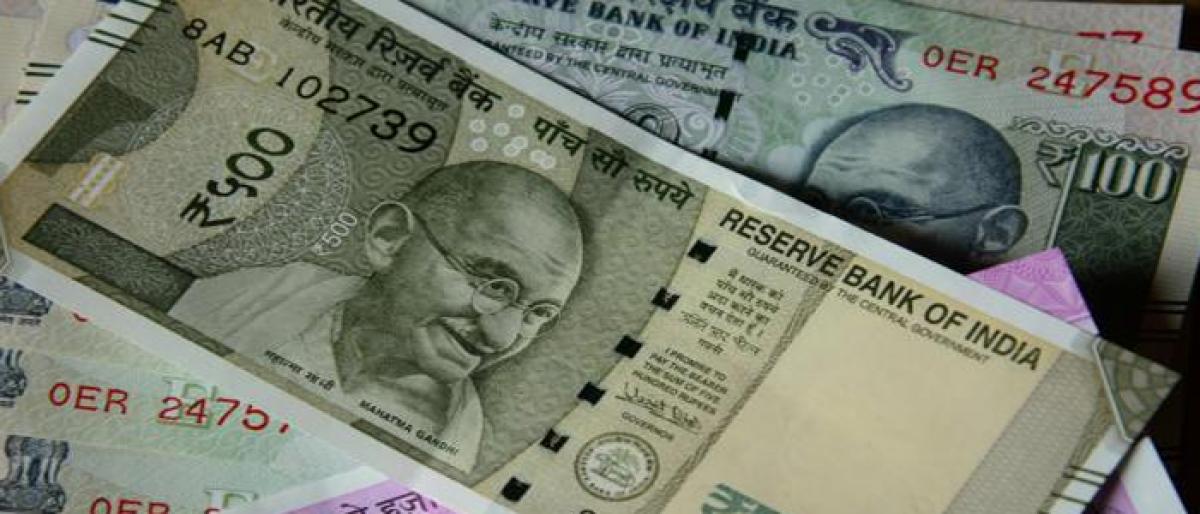Rupee on weak wicket

Indian rupee is on a weak wicket yet again On Tuesday, it notched up a dubious record For the first time in the history of independent India, it sunk below Rs 70 mark against the US dollar Of course, it recovered from the alltime low of Rs 7008 and closed at 6990 against the greenback on that day
Indian rupee is on a weak wicket yet again. On Tuesday, it notched up a dubious record. For the first time in the history of independent India, it sunk below Rs 70 mark against the US dollar. Of course, it recovered from the all-time low of Rs 70.08 and closed at 69.90 against the greenback on that day.
But that doesn’t mean that the currency is on strong footing now. Rupee has been on a downward slide in 2018. It depreciated by more than 10 per cent so far this year. On April 1 this year when India’s financial year began, it went down by almost 6.7 per cent, thereby earning the tag of the worst performing currency in Asia in 2018.
There are several reasons for the fall in rupee’s value. One key element is crude oil prices which are heading north. India depends heavily on imported crude oil and more than 80 per cent of oil consumption is met through this route. Therefore, any rise in oil prices will lead to higher import bill which in turn will result in widening the current account deficit (CAD). Added to this, overseas investors had been pulling out investments from Indian markets owing to weak macroeconomic indicators in India and stronger US economy. In the first six months of 2018, foreign investors pulled out about Rs 50,000 crore from Indian markets. Besides, slowdown in FDI also compounded rupee’s woes.
In this backdrop, the latest currency crisis in Turkey took a heavy toll on already-weakened rupee this week. Owing to trade wars unleashed by maverick US President Donald Trump and domestic economic problems, Turkish currency lira went into a tailspin, losing almost 80 per cent against US dollar in 2018. In the last week alone, it fell more than 20 per cent against the greenback, sending shivers down the global financial markets.
Obviously, Indian currency will be in a soup if Turkish crisis continues for more time. In that scenario, rupee will depreciate further, racing past Rs 70 mark against $. Some analysts point out that rupee will fall up to Rs 80 if it crosses Rs 71 mark- a key resistance level in technical terms.
However, the Indian government appears unfazed. On Wednesday, Union Minister Arun Jaitley maintained that the country had enough foreign exchange reserves to stave off any currency crisis. In a way, he is right. As per Reserve Bank data, the country’s forex reserves stood at $403 billion as of August 3. RBI will obviously use this war chest if push comes to shove and rupee goes into a tailspin.
It did intervene when currency slipped to the wrong side of Rs 70 and managed to contain the damage. But it’s time the country’s policy makers realise that foreign reserves alone can’t save India from the kind of crisis Turkey is going through now. India needs to increase its merchandise exports and at the same time reduce dependence on imports. That’s the only way to reduce current account deficit. Otherwise, rupee will continue to face headwinds.


















